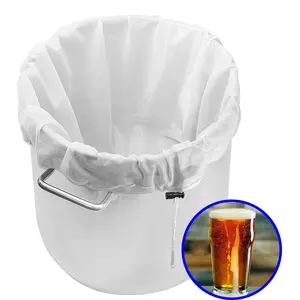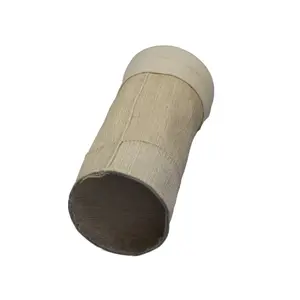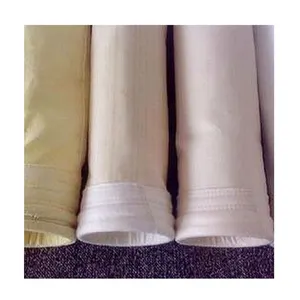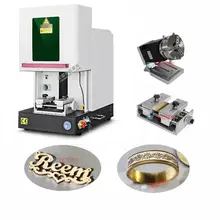Nomex Filter Bag Overview
Nomex filter bags stand as a critical component in industrial filtration, offering solutions to air quality and particulate capture challenges. These bags are engineered to withstand high temperatures and resist chemical degradation, making them suitable for a variety of demanding applications.
Types and Specifications
The nomex filter bags specifications vary to meet diverse industrial needs. They come in different sizes, shapes, and filtration capacities, ensuring that there is a suitable option for various machinery and applications. The specifications are designed to provide clarity on the operational limits and efficiency of each nomex filter bag.
Applications of Nomex Filter Bags
Nomex dust collector bags are utilized in industries where high-temperature processes are standard, such as asphalt mixing, cement production, and metal smelting. Their ability to capture fine particulates like dust, sand, and other by-products is essential in maintaining a clean and safe work environment.
Features and Materials
The material composition of a nomex bag contributes to its durability and performance. Nomex, a meta-aramid material, is known for its thermal, chemical, and radiation resistance, which is crucial in environments with fluctuating temperatures and potential exposure to aggressive chemicals.
Advantages of Using Nomex Filter Bags
Employing nomex filter technology in industrial operations offers numerous advantages. These bags are designed to provide efficient filtration, ensuring that even the finest particles are captured. This efficiency helps in prolonging the lifespan of machinery and protecting the health of the workforce by improving air quality.
Choosing the Right Nomex Filter Bag
Selecting the appropriate nomex filter bags requires understanding the specific needs of your operation. Factors such as the type of particulates, the temperature of the operating environment, and the required filtration efficiency should guide the selection process to ensure optimal performance.

















































 浙公网安备 33010002000092号
浙公网安备 33010002000092号 浙B2-20120091-4
浙B2-20120091-4